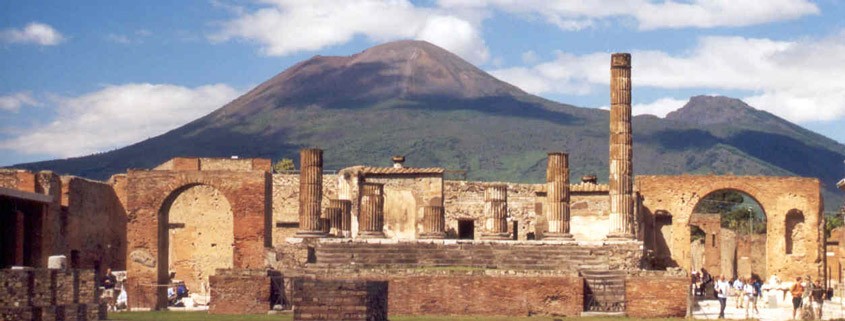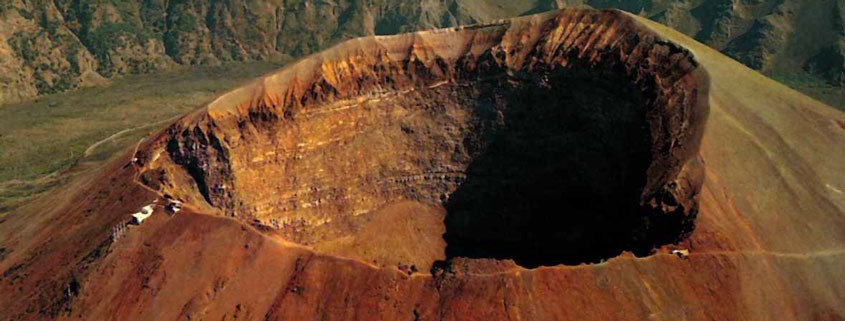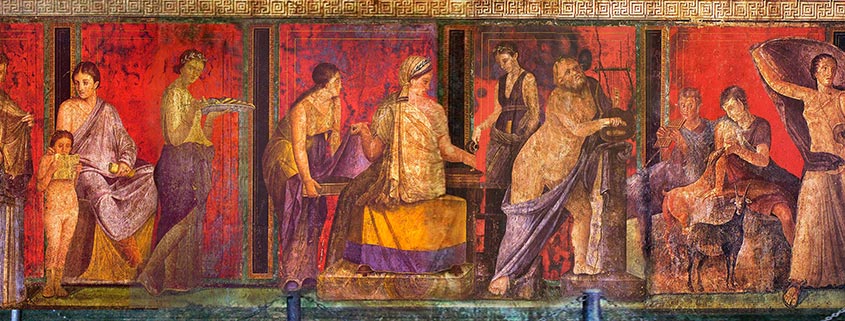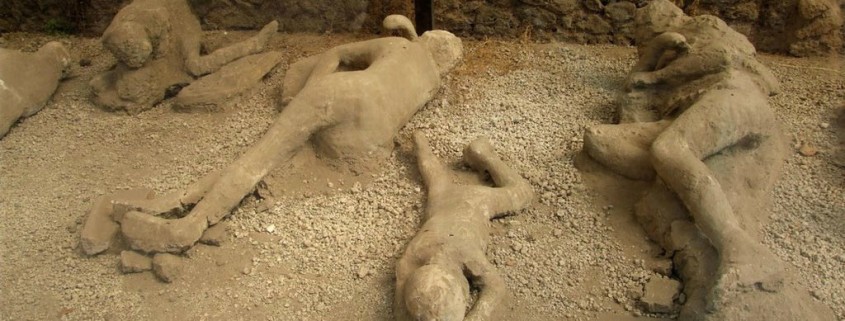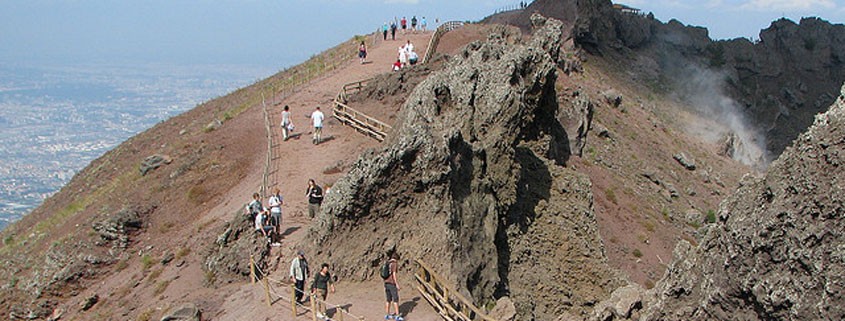Info Tour
Tour n. 3: Pompeii – Herculaneum – Vesuvius
From: Naples / Sorrento / Amalfi / Salerno
Duration: 8 ½ hours
Pick–up: 8:00 am
Drop Off: 4:30 pm
Price from: € 55,00 p.p
Tour Service
Included: Deluxe Mercedes Vehicle, English speaking driver, water bottle 500 ml, free Wi-Fi on board, All tolls, parking, petrol.
Not Included: Entrance tickets (where applicable), meals, tips, Authorized guide (available on request).
Note: Every itinerary, the time of the pick-up and drop-off can be modified to fit any special need or request.
Pompeii
The city is as old as the ancient Rome: the first settlements began about 700 years B.C.
Since then, in spite of wars and political difficulties, Pompeii had a constant development. This came to an end in 62 A.D., for a very powerful earthquake, and then in 79 A.D., because of Mount Vesuvius eruption: a huge rain of ash and stones covered completely the ancient city, and Pompeii was buried under 20 feet of volcanic materials.
The ancient city was accidentally discovered by the Neapolitan engineer Domenico Fontana in 1594, but the excavations began only in 1748, during Charles of Bourbon reign.
Today Pompeii is one of the most visited archaeological sites in the world, and some excavations are still going on.
Herculaneum
The first settlements date back to the XII century b.C. According to Dionigi di Alicarnasso, the old city of Heracleia was founded by Hercules in 1243 b.C., while he sas sailing around Campania Coast, to bring back home the cattle of the Sun, that he took from the monster Gerione, in the isle of Erizia, in Spain.
Herculaneum, like all the Vesuvian area, was first damaged by an earthquake in 62 a.D., and then destroyed by an eruption in 79a.D. Unlike Pompeii, Herculaneum was swept away by a pyroclastic surge made of mud and ash, penetrating in every opening. Where the mud solidified, the city was buried under a thick layer of debris, measuring about 60 feet.
The material burying Herculaneum made very difficult the excavation, but at the same time it has preserved in excellent conditions papyrus, paintings, potteries (now these artifacts are kept in the Archaeological Museum of Naples), and even food, sealed by the dry mud.
Vesuvius
Vesuvius is one of the most famous volcanoes in the world, and the only active volcano in Continental Europe (even though it is dormant, at the moment).
Vesuvius has a shape of incomparable beauty in the Golf, especially if you see it from the sea. From Naples, you can reach Mount Vesuvius crater in about 40 minutes.
It is about 4000 feet high, and it became famous in the history of volcanology for the terrible eruption of 79 a.D. (very well described by Pliny the Younger). Vesuvius has been the first volcano in the world to be systematically studied, with the building of the Observatory in 1841 (thanks to the King of the Two Sicilies, Ferdinand of Bourbon)

